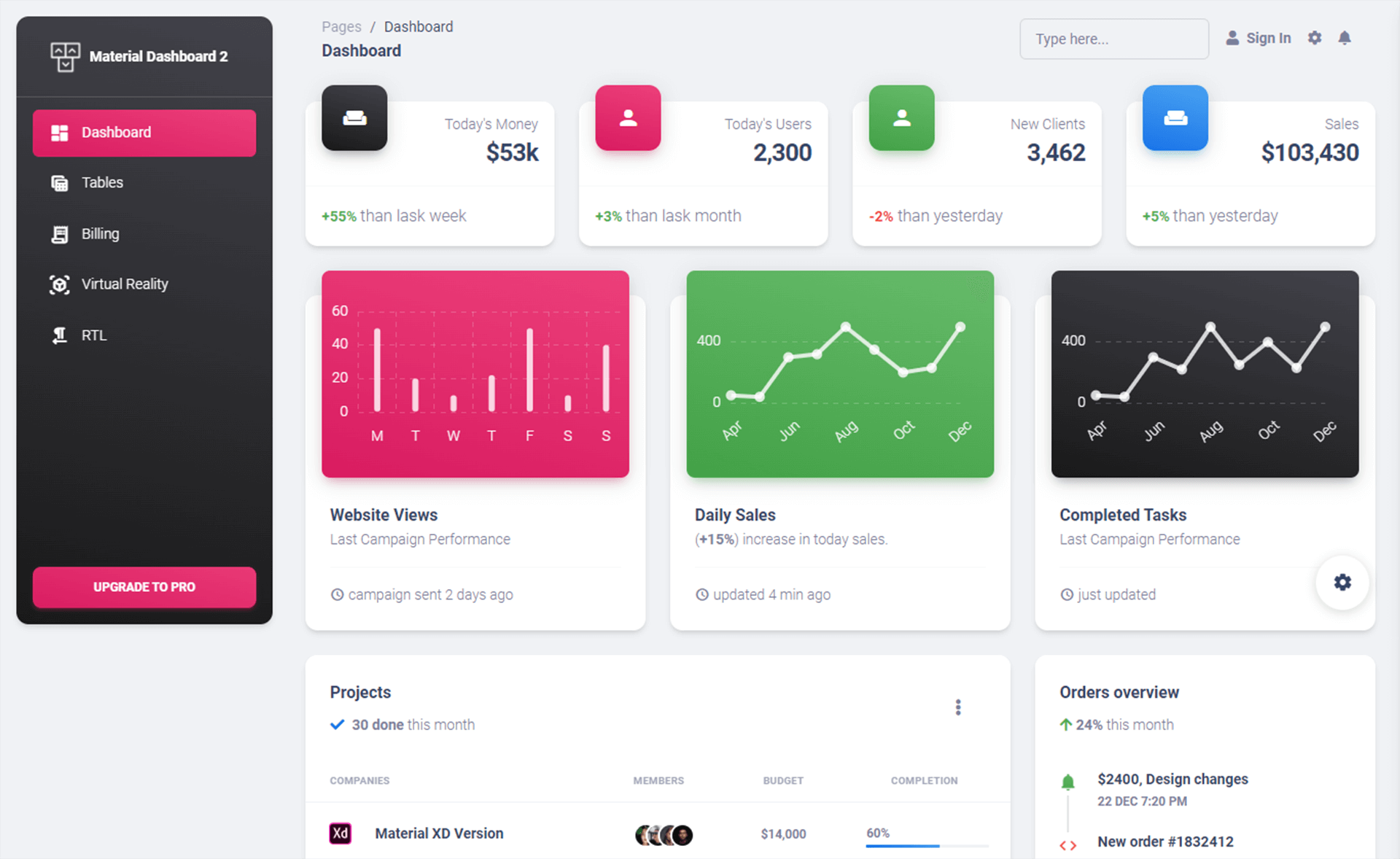How to Send x-www-form-urlencoded Data with HttpClient in C#
By Tan Lee Published on Jan 09, 2025 1.07K
To post x-www-form-urlencoded data in C# using HttpClient, you can follow these steps:
For example, c# post x-www-form-urlencoded using HttpClient
using System;
using System.Net.Http;
using System.Collections.Generic;
using System.Threading.Tasks;
public class ApiClient
{
private static HttpClient _httpClient = new HttpClient();
public async Task<string> PostLoginFormData()
{
// Prepare form data
var data = new[]
{
new KeyValuePair<string, string>("username", "user123"),
new KeyValuePair<string, string>("password", "password123"),
new KeyValuePair<string, string>("rememberMe", "true")
};
// Set up the content with x-www-form-urlencoded
var content = new FormUrlEncodedContent(data);
// Send the POST request to the server (replace with your API URL)
var response = await _httpClient.PostAsync("https://example.com/login", content);
// Check for errors in the response
if (!response.IsSuccessStatusCode)
{
throw new Exception($"{response.StatusCode}: {response.ReasonPhrase}");
}
// Read and return the response content (assumed to be JSON)
var responseJson = await response.Content.ReadAsStringAsync();
return responseJson;
}
}In this example:
- Form Data: A
KeyValuePair<string, string>array holds the form fields ("username","password","rememberMe"). - FormUrlEncodedContent: This is automatically encoded to
application/x-www-form-urlencoded. - PostAsync: Sends a POST request with the form data as the content.
- Error Handling: If the response is unsuccessful, it throws an exception with the status code and reason phrase.
- Response: Reads the response body (assumed to be JSON in this case)
The FormUrlEncodedContent automatically assigns the Content-Type header to application/x-www-form-urlencoded.
Using IHttpClientFactory ensures that HttpClient instances are reused and not created for each request, which is a best practice for managing HTTP connections.
Categories
Popular Posts
Structured Data using FoxLearn.JsonLd
Jun 20, 2025
tsParticles Authentication Template
Nov 11, 2024
Material Dashboard Admin Template
Nov 17, 2024





